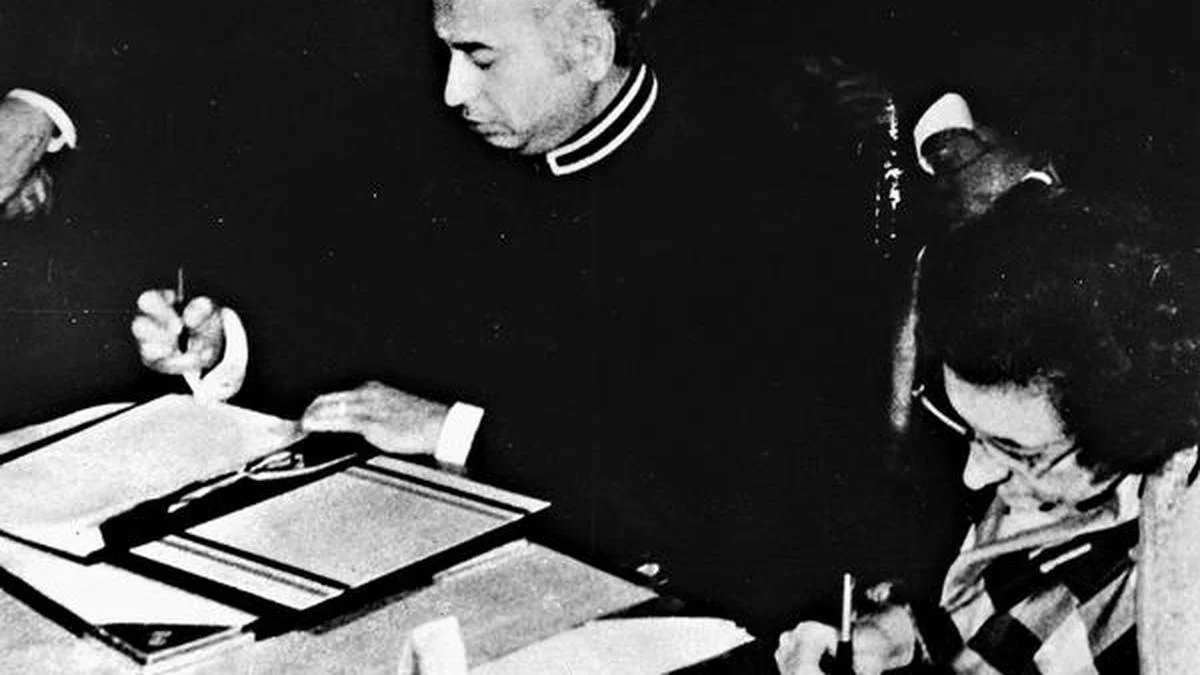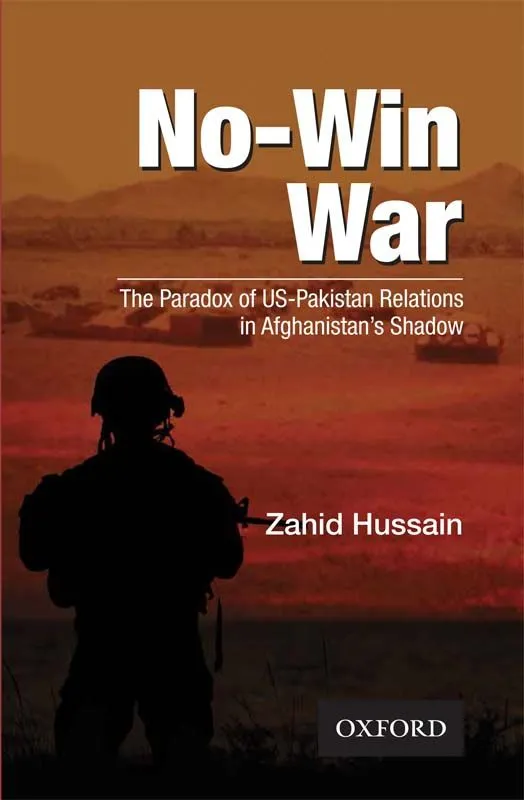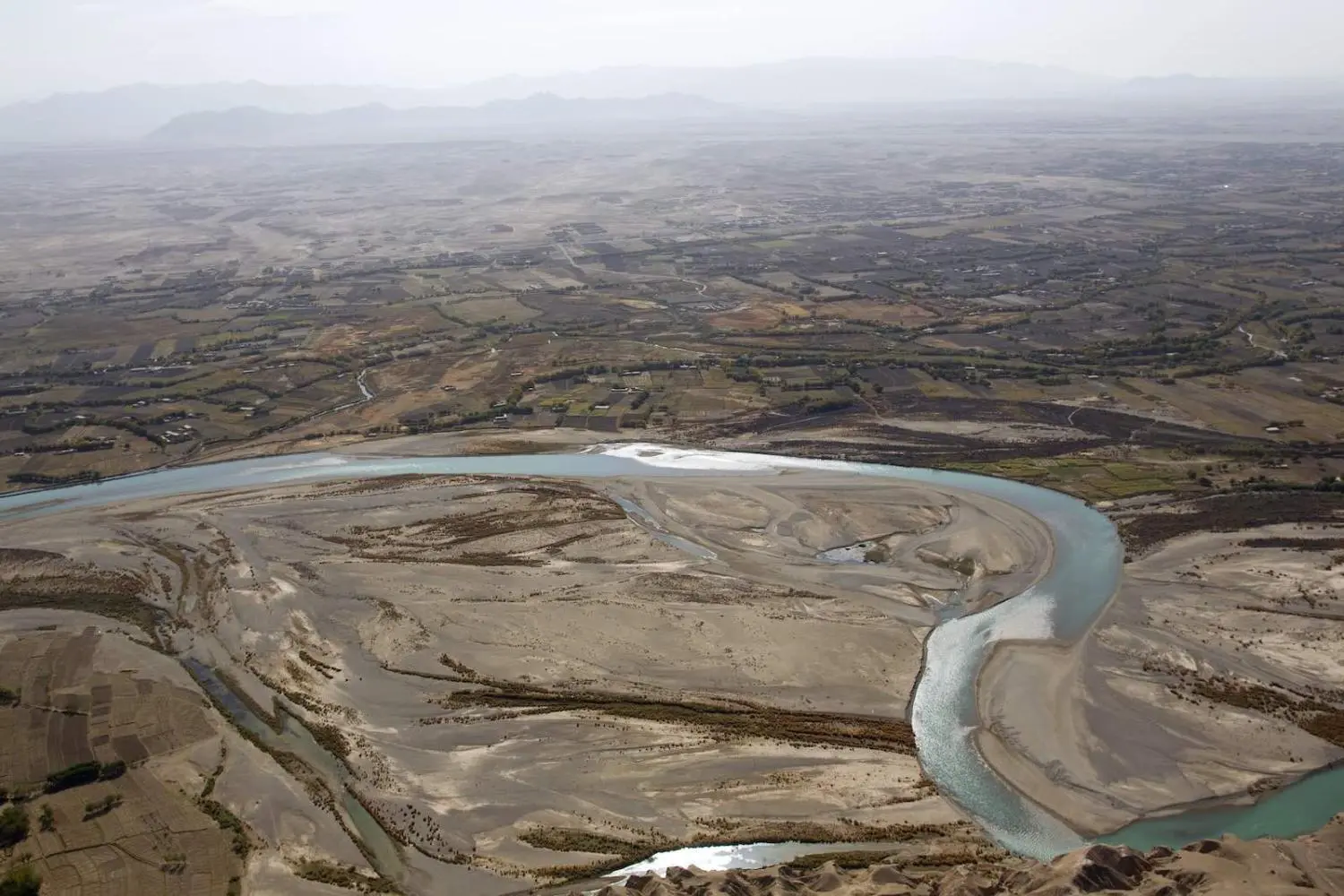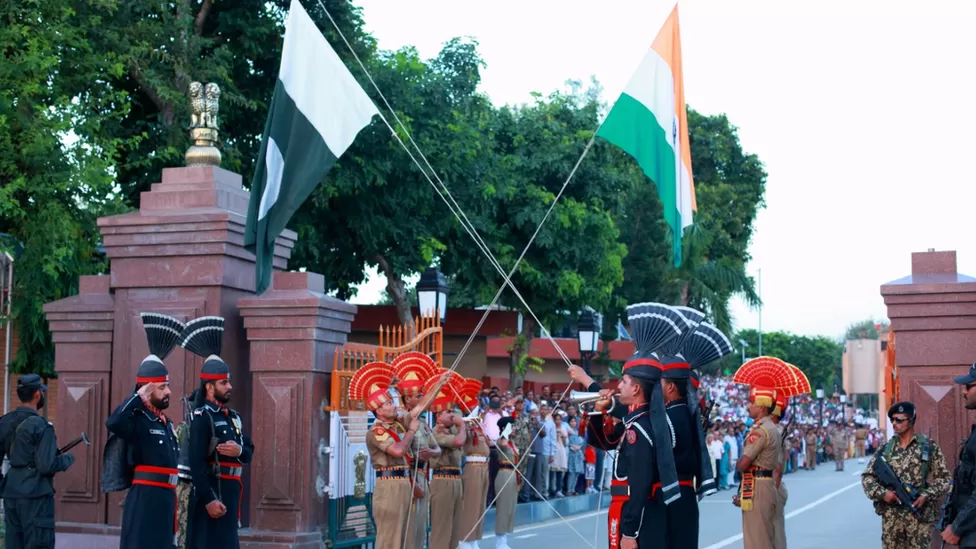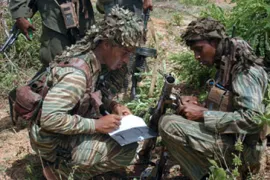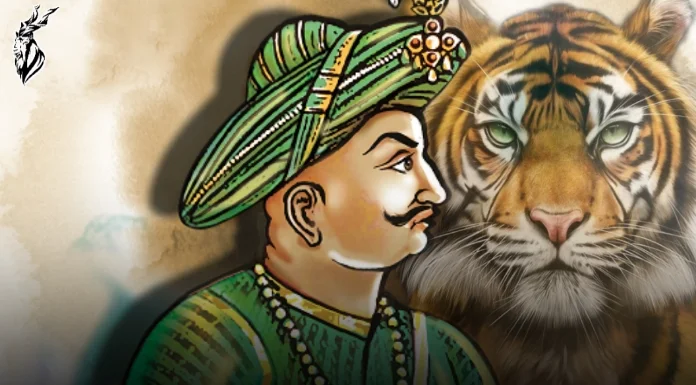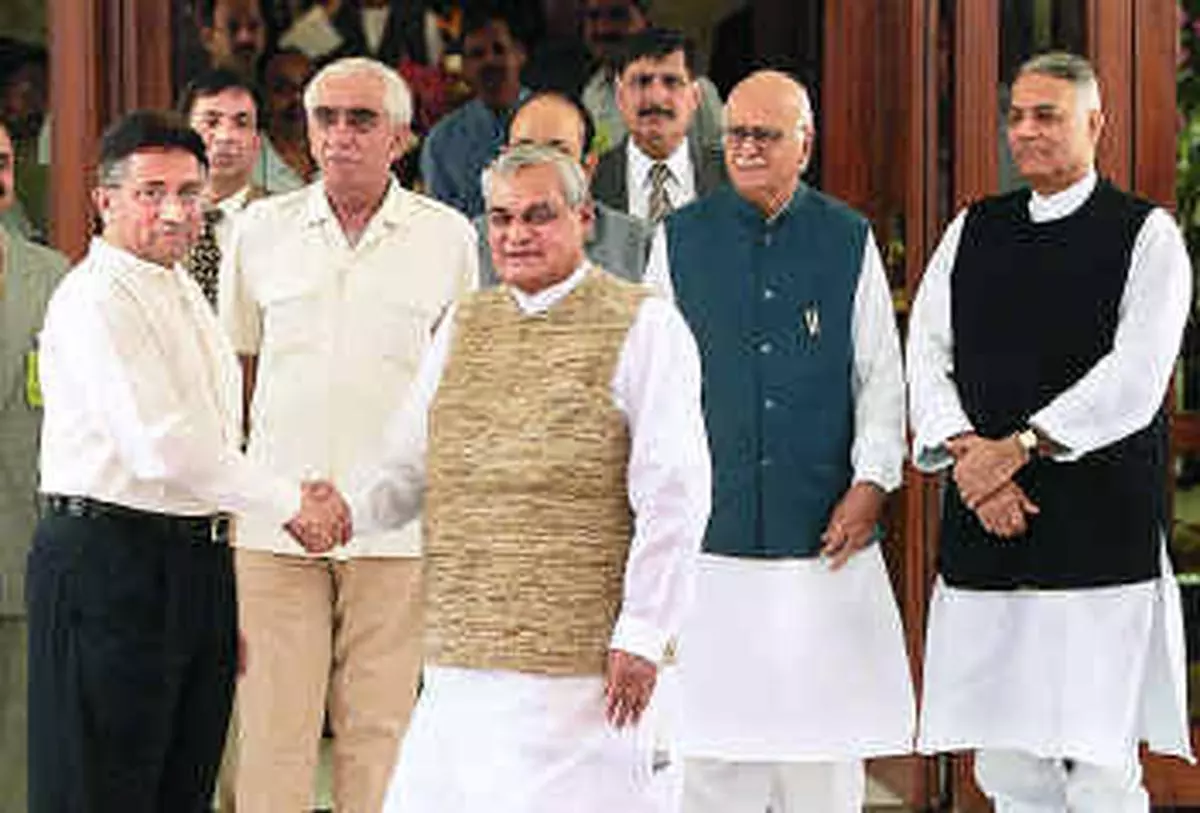
14 July 2001 – Pak India Agra Summit
14th July holds seminal importance in the history of South Asia, especially in the context of post-conflict rapprochement that took place between contentious states of India and Pakistan. This ice melting came in the form of the bilateral Agra Summit, held in the Indian city of Agra in Uttar Pradesh.


